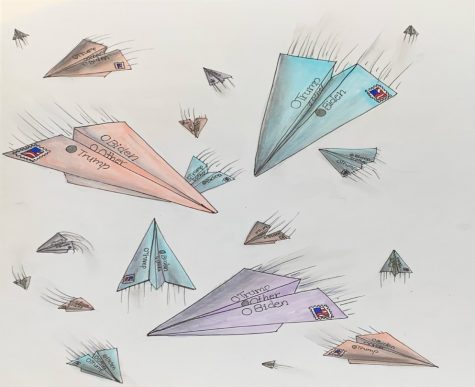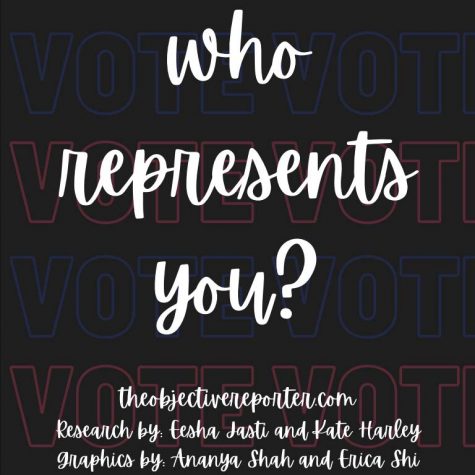Coronavirus
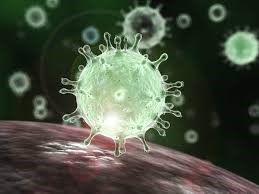
March 11, 2020
Believed to originate from a zoonotic origin in a Wuhan market, the 2019 novel coronavirus (2019-nCoV) has infected 67,194 and killed 1,627 as of February 15th. Much of the panic stems from the viral similarity to the 2003 SARS outbreak which killed 774. Although SARS has a lower infection rate, SARS kills approximately 10% of those who contract it.
Due to the limited knowledge of the Novel Coronavirus, experts are unsure of its potency. Initial statistics point to a 2% mortality rate, which compares nearly identically to the seasonal flu. However, wide variation in predictive models underscores the danger of relying too heavily on early reports, since many people are believed to exhibit mild symptoms without seeing a doctor. Equally important is the fate of 15% of active cases described worldwide that are in “critical condition,” which demonstrates yet another unpredictable factor that will affect the mortality rate.
The reproduction number, a measure of the average number of people that a patient infects, is possibly the most worrying aspect of the Novel Coronavirus. It currently ranges from 1.4-3.9, despite the best efforts to curb transmission. The seasonal influenza, which as previously mentioned (currently) has an identical mortality rate to the Novel Coronavirus, kills 291,000 to 646,000 people worldwide each year with a reproduction number of 1.4 (CDC). One can see the immediate global danger the Coronavirus poses if it evolves into a self-sustaining infectious pandemic.
While the hysteria of the coronavirus spreads around the world, it is important to note that the future of the Novel Coronavirus is impossible to predict. As of February 13, there are currently only 13 cases of the Novel Coronavirus in the United States, but a CDC doctor confirmed that they were preparing for the coronavirus ‘to take a foothold in the US.’
The spread of the Novel Coronavirus further strains US-China relations, especially after American, Delta, and United Airlines temporarily banned flights to mainland China active January 31. Caught in the middle between both complex political worlds lies Hong Kong.
To further explore the role of Hong Kong in the new health-related geopolitical dilemma, I was fortunate enough to reach out to a surgeon at a hospital in Hong Kong. For the protection of their identity, they will remain anonymous.
Once again feeling the direct effects of Chinese control, Hong Kong health professionals pressed Beijing to allow Hong Kong to quarantine itself, which finally implemented a mandatory 14-day quarantine for all visitors entering Hong Kong from mainland China on February 6. But many doctors in Hong Kong believe it is too late.
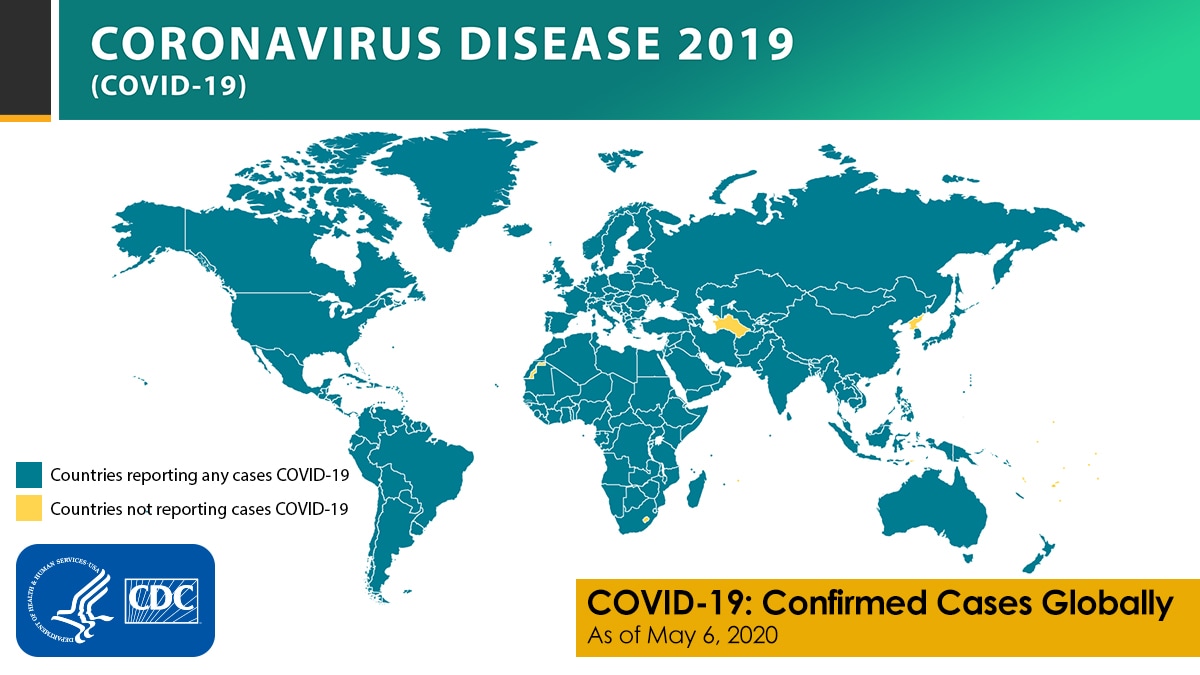
“The number of coronavirus cases in Hong Kong has already jumped from 15 [on February 3rd] to 50 [on February 13th]. There are clear signs of local transmission. The border closures should have started back in January when the few cases we had were all imported from travellers who had visited endemic areas in China.”
All of the health concerns raise serious questions over the extent of Hong Kong’s jurisdictional autonomy to enforce quarantines and protect themselves. To hopeful observers, the tone of Hong Kong’s 2019 protests has permeated to mainland China following what many claim was Beijing’s cover-up to mask the coronavirus’ gravity.
Xi Xingping and his government are now feeling the full backlash as a result of repressive censorship. At an unprecedented rate, Chinese citizens are demanding freedom of expression and increased government transparency following the deaths of activist doctor Wenliang Li and the lesser-publicized disappearance of Chen Qiushi, a citizen journalist reporting on the ground. Beijing sent 300 propaganda writers to control the narrative while deleting criticism online and detaining activists. As my source alluded to, is this the beginning of a transformation for the Chinese government as the Novel Coronavirus develops, or will Beijing double down on censorship? The Hong Kong surgeon believes: “Only time will tell.”
At a unique center of the issue of Chinese freedom of expression sits Hong Kong, which still resides under the “one country, two systems” policy. After China pursued the 2019 Hong Kong extradition bill, the Hong Kongese protested to the tune of hundreds of thousands taking to the streets demanding freedom.
When asked about the difference between the 2003 SARS virus and the 2020 Novel Coronavirus, they recalled the scarring nature of SARS on society. SARS, with a 10% mortality rate, could kill the healthiest of individuals.The government responded by opening quarantine camps. In the hospitals, “N95 respirators and personal protective equipment such as face shields and waterproof gowns were in short supply.”
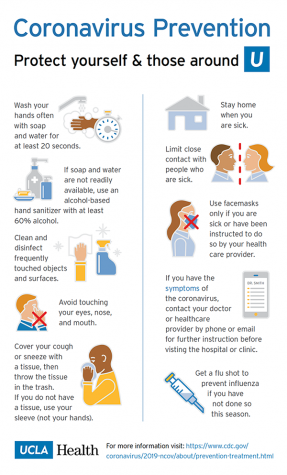 Vastly underprepared, “Doctors used their personal money to buy industrial N95 respirators – which did not have the waterproof outer layer that the medical-grade N95 masks had and were, therefore, useless in stopping droplet transmitted diseases.”
Vastly underprepared, “Doctors used their personal money to buy industrial N95 respirators – which did not have the waterproof outer layer that the medical-grade N95 masks had and were, therefore, useless in stopping droplet transmitted diseases.”
This time, in 2020, the Hong Kongese were aware of the dangers of a virus like SARS. Hong Kong health workers and doctors were quick to demand comprehensive quarantine and screening measures. However, following the lackluster response of the Hong Kong government in 2020, their fears that the government only “answers to the central government in Beijing” gain further substance.
Moving forward, the Novel Coronavirus has exposed the Chinese people to the blatant censorship of Beijing. “Millions of Chinese citizens have gone online, risking arrest, to quote what Dr Li said before his death, ‘A healthy society should not have just one voice.’ The fact that he was given a warning by the police to keep quiet is a concept that is not new to people living in mainland China. Most people have gone along with it for many years. But this time, the implications of their cover-up resulted in hundreds of deaths, entire provinces on lockdown, and a global pandemic.”
Perhaps despite the severity of the Novel Coronavirus, a new awakening has begun. As the Hong Kong protestors gathered outside the US consulate in September 2019, the United States must reevaluate its relationship to Hong Kong and China. The Hong Kongese unequivocally deserve freedom and self-determination.
While it may be easy to take an isolationist view, the United States must cooperate with nations such as China to establish preventive measures in the future to more effectively respond to a potential global pandemic. Although the Novel Coronavirus motivated citizens to fight for freedom in China, it equally importantly raised newfounded concerns with global preparedness to a health-related disaster.







